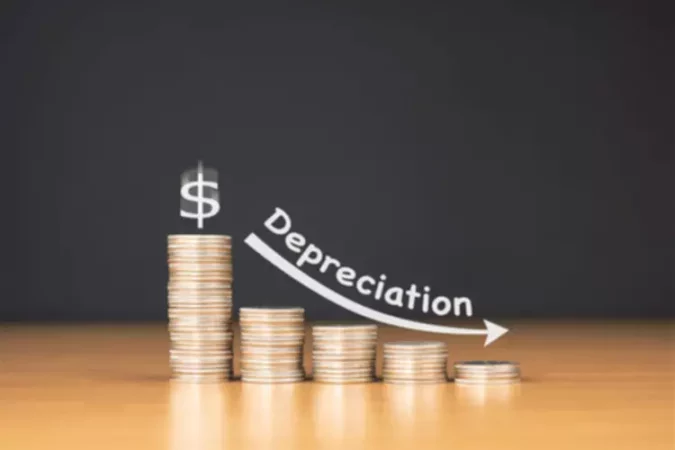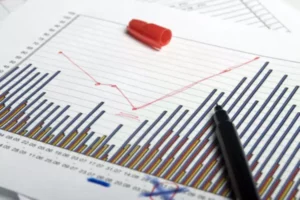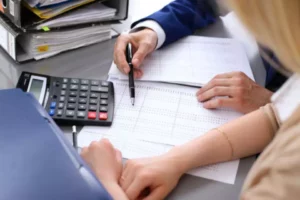Assets are resources that bring value to the company. They are items that you buy to use in your business to help generate income over an extended period (more than 12 months).
Non-current assets fluctuate in value over their lifespan. Some increase in value (e.g., real estate), many lose their value over time. This loss in value is called depreciation. It is classified as an expense, as including depreciation decreases the value of the non-current assets. Asset depreciation is calculated at the end of each financial period.
Why are Depreciable Assets Important?
Depreciation allows companies to recover the cost of an asset when it was purchased. Instead of recovering the purchase cost right away, the total amount can be spread throughout its lifespan. Since depreciation is an expense, businesses can write off a portion of the purchasing cost each year, reducing your net income and, in turn, your taxes.
The business must meet several IRS requirements to deduct depreciation expenses. Assets that you can depreciate and deduct from your income must be:
- Property you own
- Used in your business
- With a useful life that can be determined
- Determined to have a lifespan of more than one year
- Not expected property.
What Assets Can Be Depreciated?
Depreciable assets (depreciable property) are assets about which a business can be pretty much certain they will lose value: electronics, furniture, automobiles, etc. Their market value goes down as time passes. For example, they might have a limited lifespan, such as electronics, or they can depreciate due to wear and tear, like the furniture. Here is a list of common depreciable assets:
- Electronics and software
- Patents and copyrights
- Motor vehicles
- Fixtures and fittings
- Buildings
- Machinery and equipment
- Furniture
- Other fixed assets
What Assets Cannot Be Depreciated?
The list of assets you cannot depreciate includes:
- Investments (stocks, bonds, etc.)
- Land
- Cash
- Supplies, pre-paid liabilities, and other current assets
How the Depreciation Process Works
Some assets lose value quickly. For example, a new car’s value will plummet the minute you leave the dealership with it. The value loss is not as brutal with other depreciating assets that are more durable, but it still occurs. What you need to understand is that you buy depreciable assets and not invest in them.
At the end of the financial period, non-current assets are adjusted as the net realizable value (realistic asset trade value) to account for depreciation. The original cost of the asset is adjusted with the depreciation calculated. There are many depreciation methods that businesses can use to depreciate their assets. The adjusted value of the assets is known as the carrying value (book value).
This adjustment is made every year until the asset is sold or it gets to the end of its useful life. The useful life depends on the assets. For a computer, it might be 3 years; a packaging line, 7 years; a building, maybe 25 years. The reason for spreading the fixed asset’s cost is to match expense with income.
A car, computer or building will be used in the business to generate income for more than one year. In other words, their cost is an expense that is related to future income in your business, so it should not all-expense when you buy it because doing so will lead to income distortion.


















